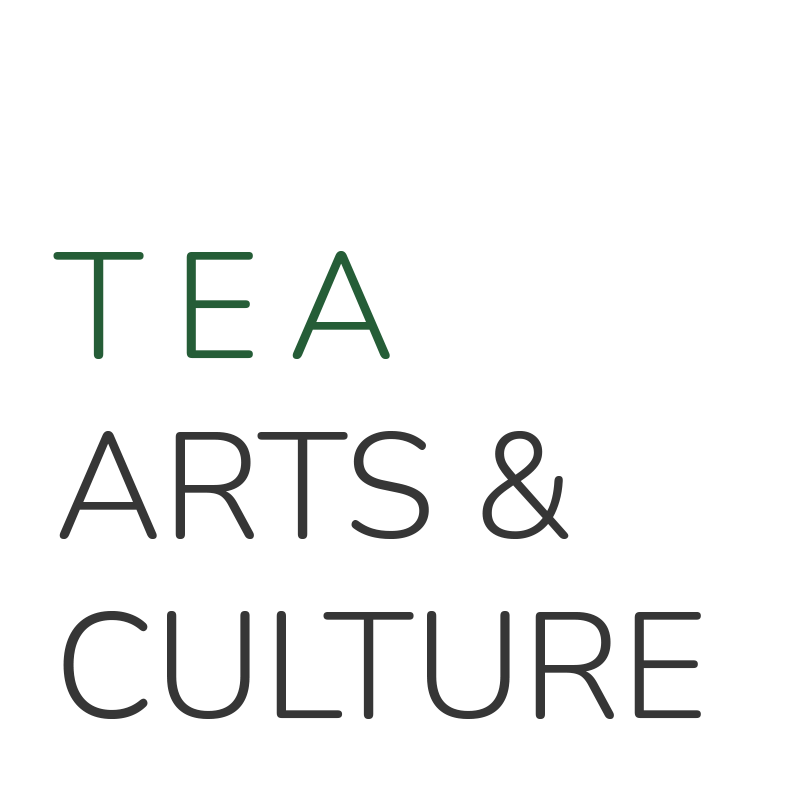The Humble Dandelion
by Marybeth Welch
Marybeth Welch has studied tea at the Urasenke Cha no Yu center for over 40 years. She received her Chamei (tea name) in 1995. She teaches there as well.
This natsume perfectly exemplifies the Japanese concept of “yūgen” (mystery and depth). In the stark image of barren winter trees under a cold crescent moon, it is almost possible to feel the chill in the wind as it penetrates this melancholy scene.
To some perhaps there is no beauty in leafless trees. To others the desolate silence projected exudes an intangible elegance not found in other seasons.
Photo @ Marybeth Welch
When one thinks of spring in Japan, one’s head generally fills with images of cherry blossoms: their tight buds, slightly open buds, full bloom, petals scattering in the wind, weeping cherry trees…. If we start, however, with the first hint of spring, we have the plum (ume), then narcissus (suisen) and rape blossom (na no hana), followed by the cherry (sakura) the azalea (tsutsuji), wisteria (fuji), peony (botan), hydrangea (ajisai), and iris (ayame, kakitsubata).
For many in the West, with the first hints of spring comes the crocus and daffodils. One flower that blooms in abundance at that time is the humble dandelion; a flower that has become an “evil” summer nemesis. It is always shown obliterated in countless commercials for products that yield an illusive weed-free, perfect lawn. Because of this loathing, the beauty of this simple little spring flower is often overlooked.
It seems as though only children really appreciate them. Most American children know that if you hold a dandelion under your chin and your chin turns yellow, it means some day you’ll be rich. By blowing on the puff to scatter its seeds, each little “pufflette” carries away a wish you’ve made. On the more edible but not so mainstream side, there is dandelion tea, wine, dandelion greens for salad, and even dandelion jelly and jam.
The one thing, however, is that it is not a flower that appears to be depicted with any great frequency in either Western or Japanese art. The dandelion (tampopo, in Japanese) is usually found mixed in with images of very early spring flowers such as the sumire (violet) and fiddlehead ferns, among others. Very rarely have I seen it depicted on textiles, and even more rarely as a solo plant.
This brings me to the natsume, the most classic type of tea caddy used to hold the powdered tea when making usucha (thin tea) in the Cha-no-Yu art form. This container is called a natsume because its shape is similar to the jujube fruit, “natsume” in Japanese. It is generally made of wood which is then covered in many coats of lacquer. Of course there is a range of shapes and sizes of lacquered tea containers, the most popular, formal and most commonly used being the plain shiny black lacquer chū natsume (chū meaning middle sized), once favored by TakenoJo-o and Sen Rikyu.
This most basic black natsume has also served as a canvas for lacquer artists. Such natsume depict seasonal motifs, famous places, or reference classic poems or literature. However, the most important thing to remember, whether plain black lacquer or highly decorated, all natsume are meant to hold powdered tea for usucha.
Here is one such natsume boldly decorated with the dandelion bud, flower and “puff” in gold lacquer. It reminds us of spring and of the simple pleasures of childhood. Behind it is an image of an obi with the dandelion as the star while the ground depicts other early spring flowers.


